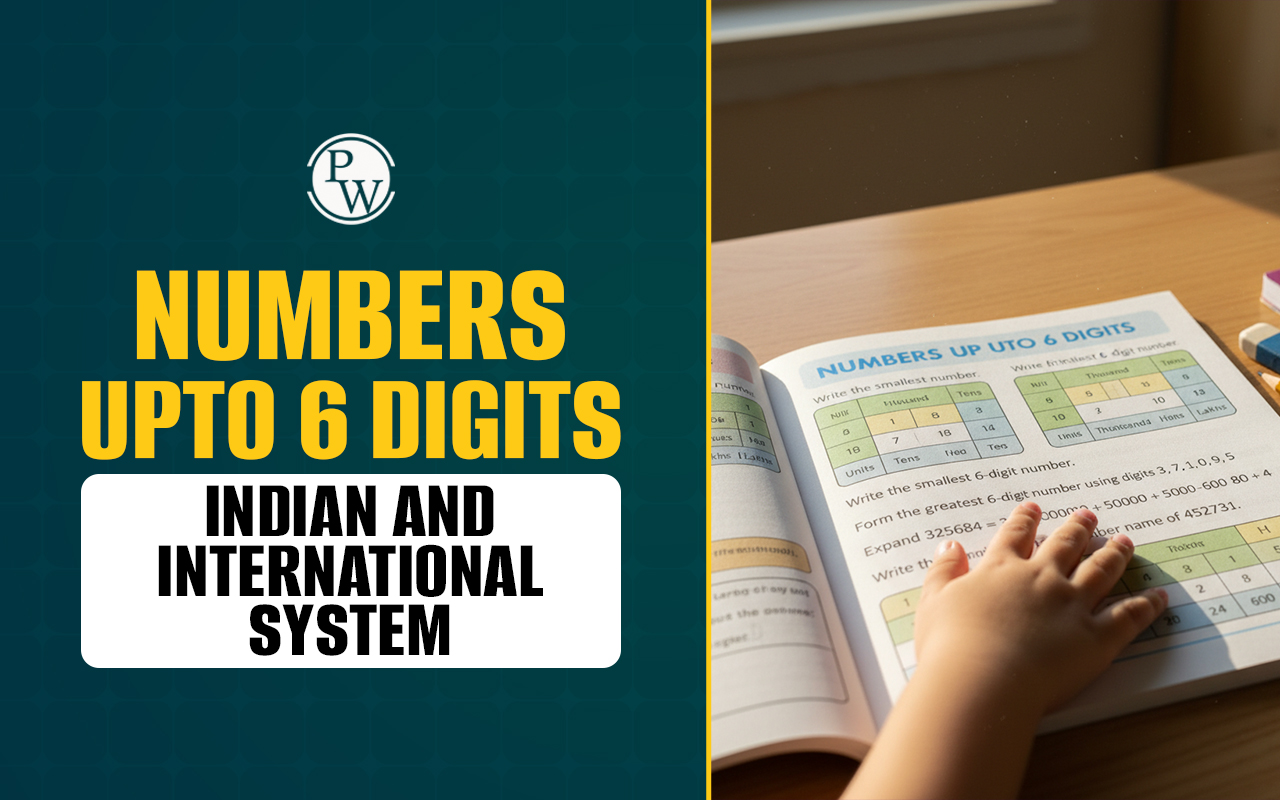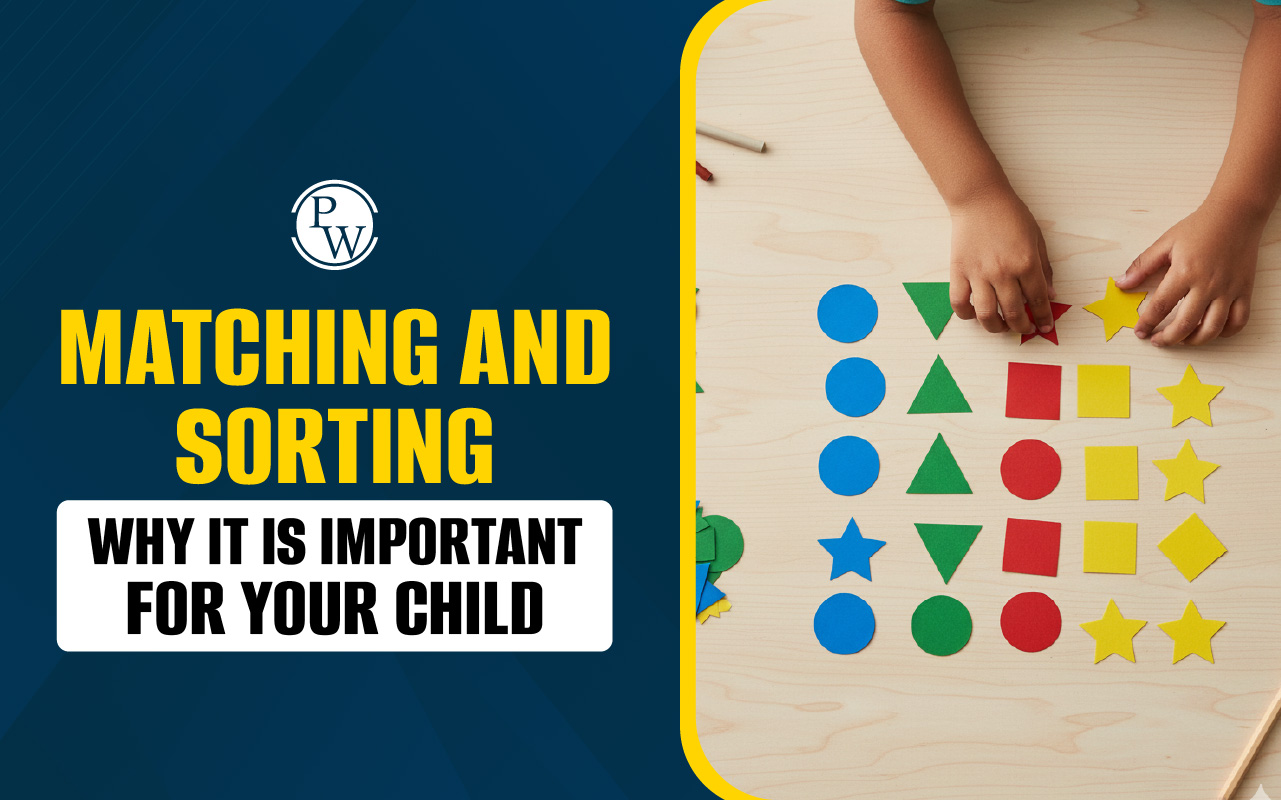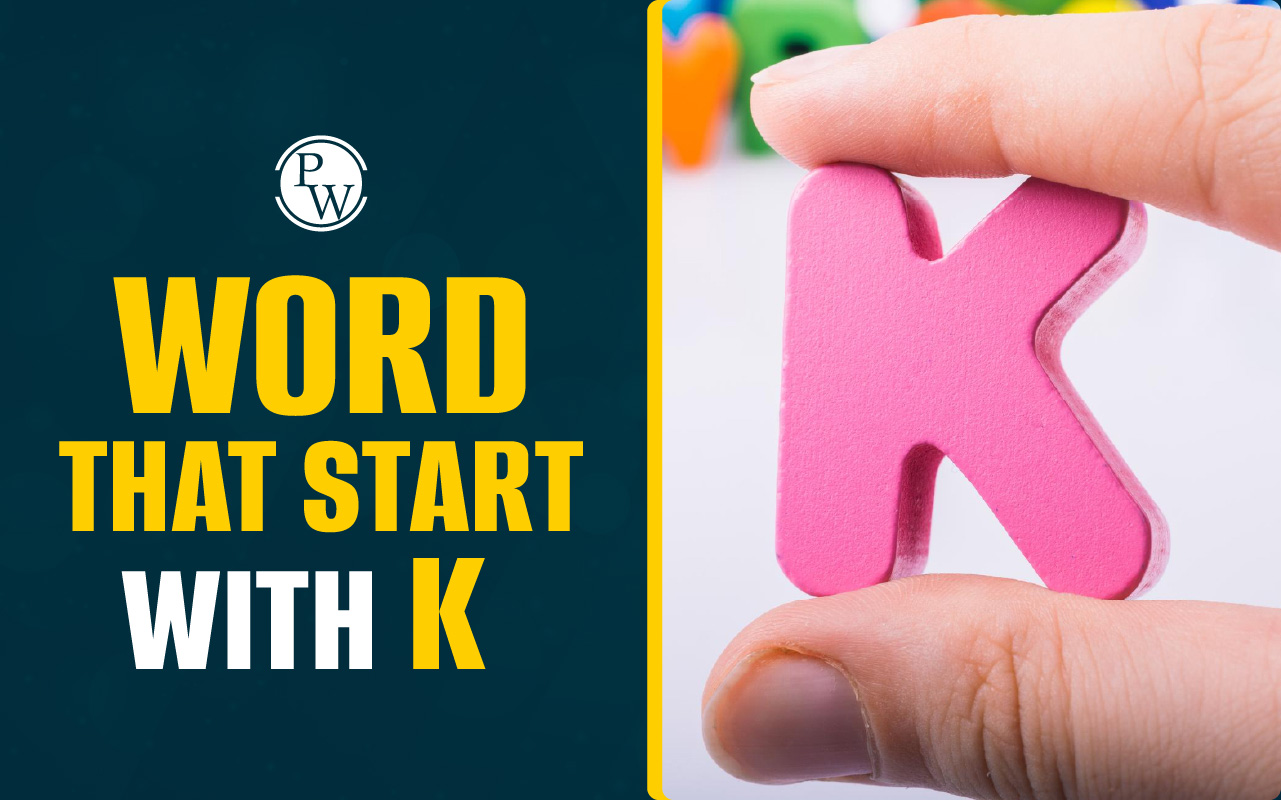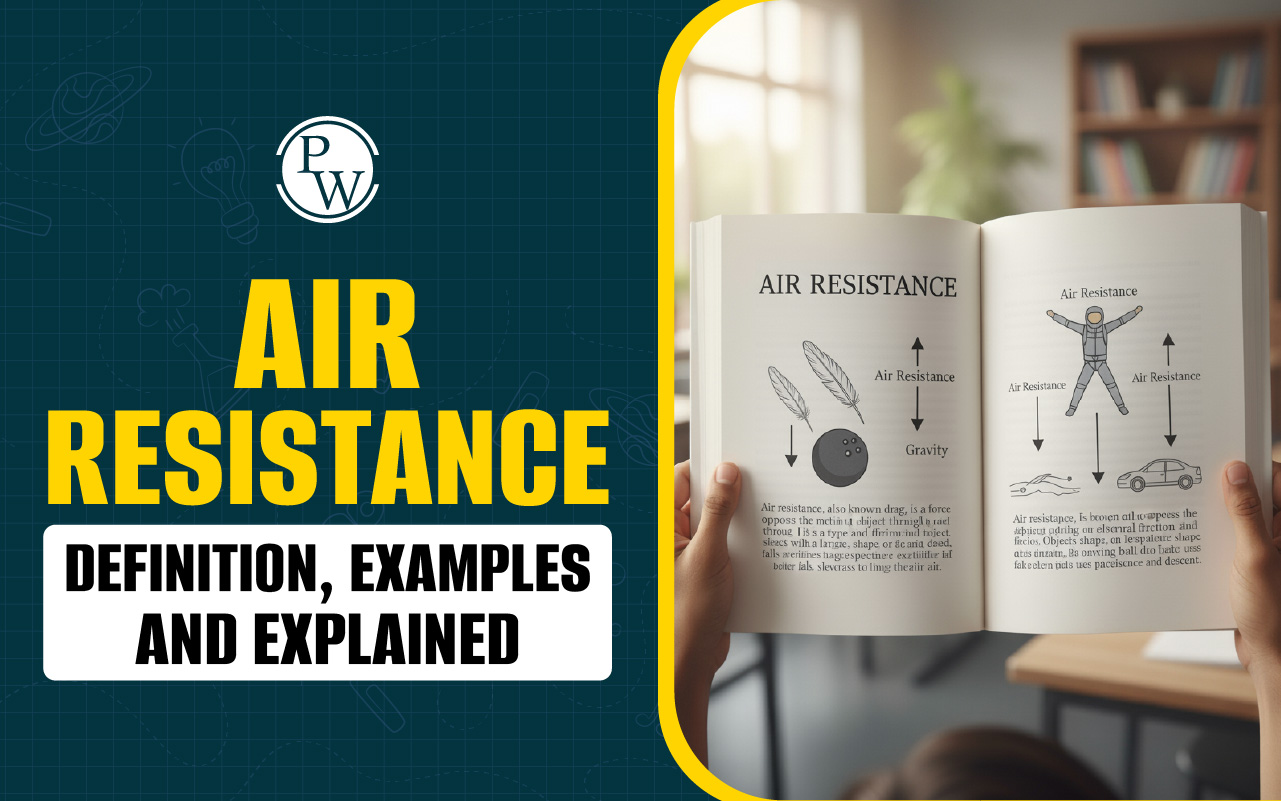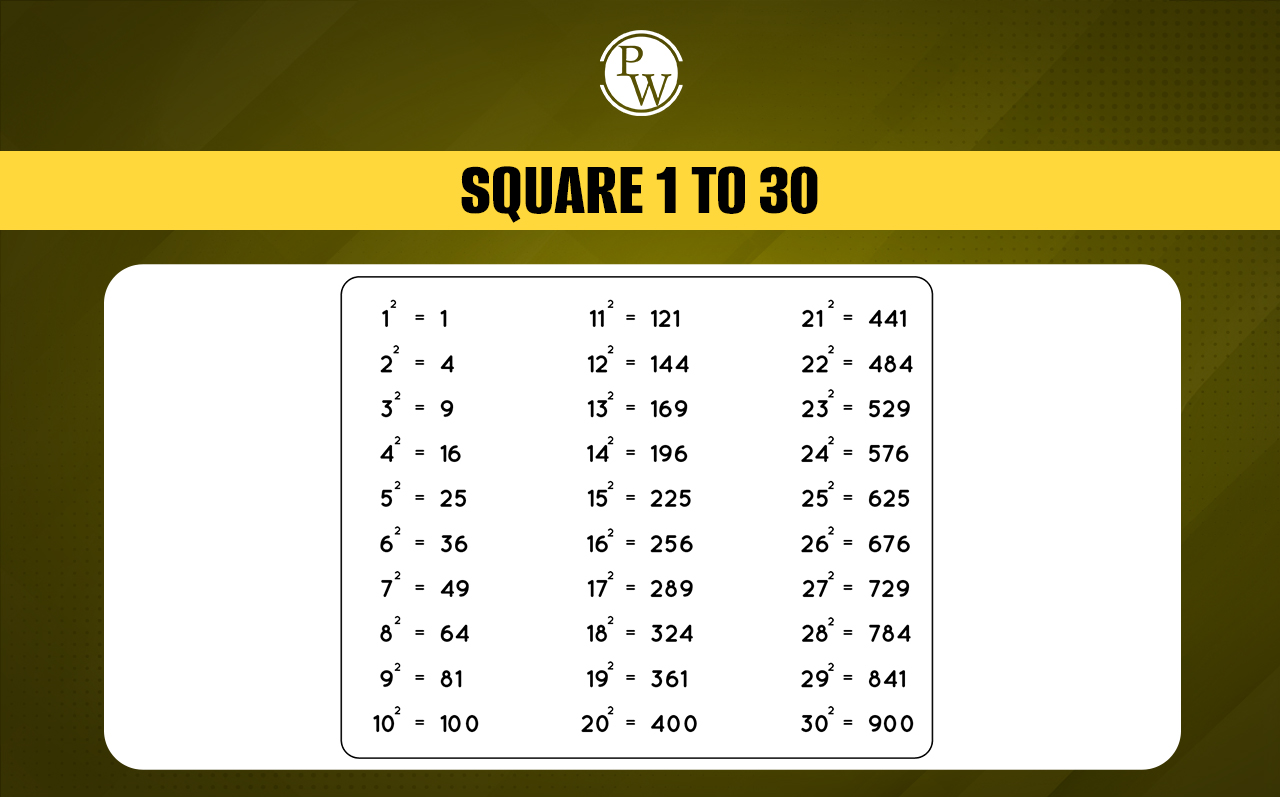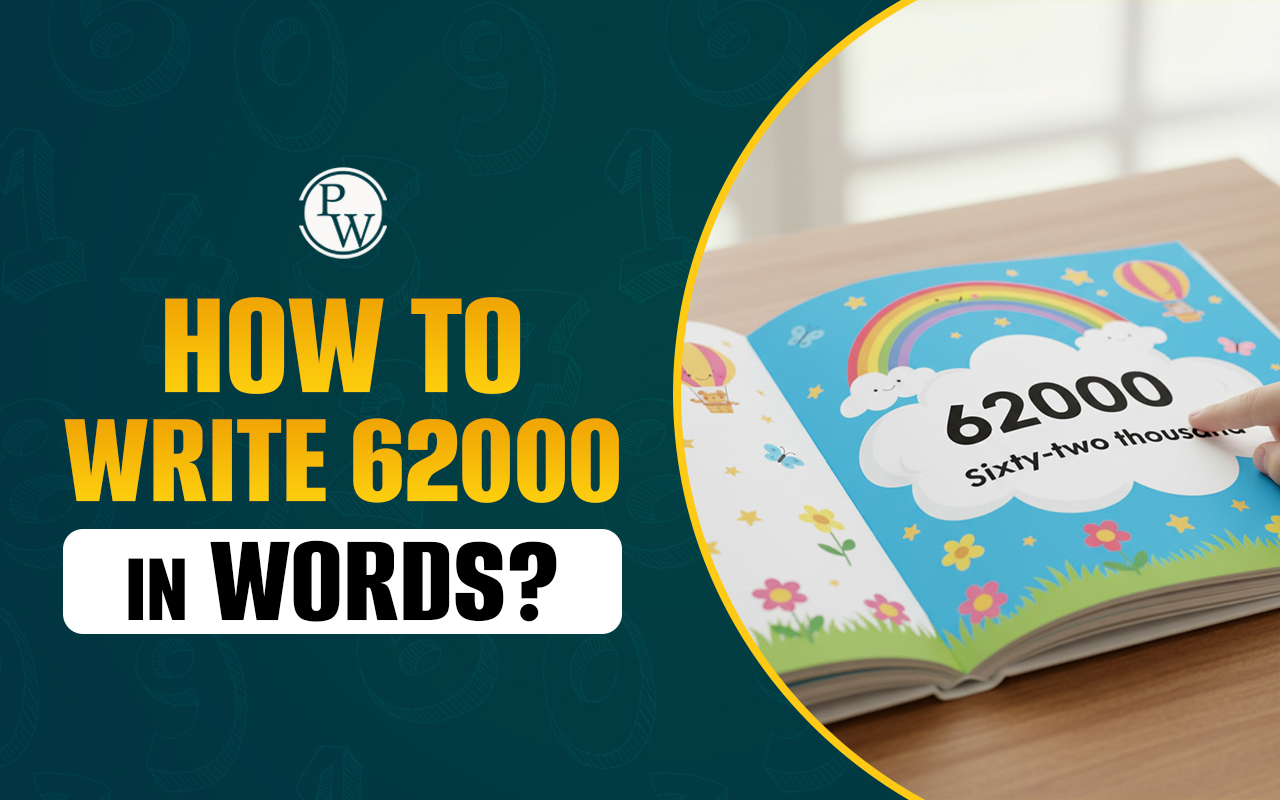
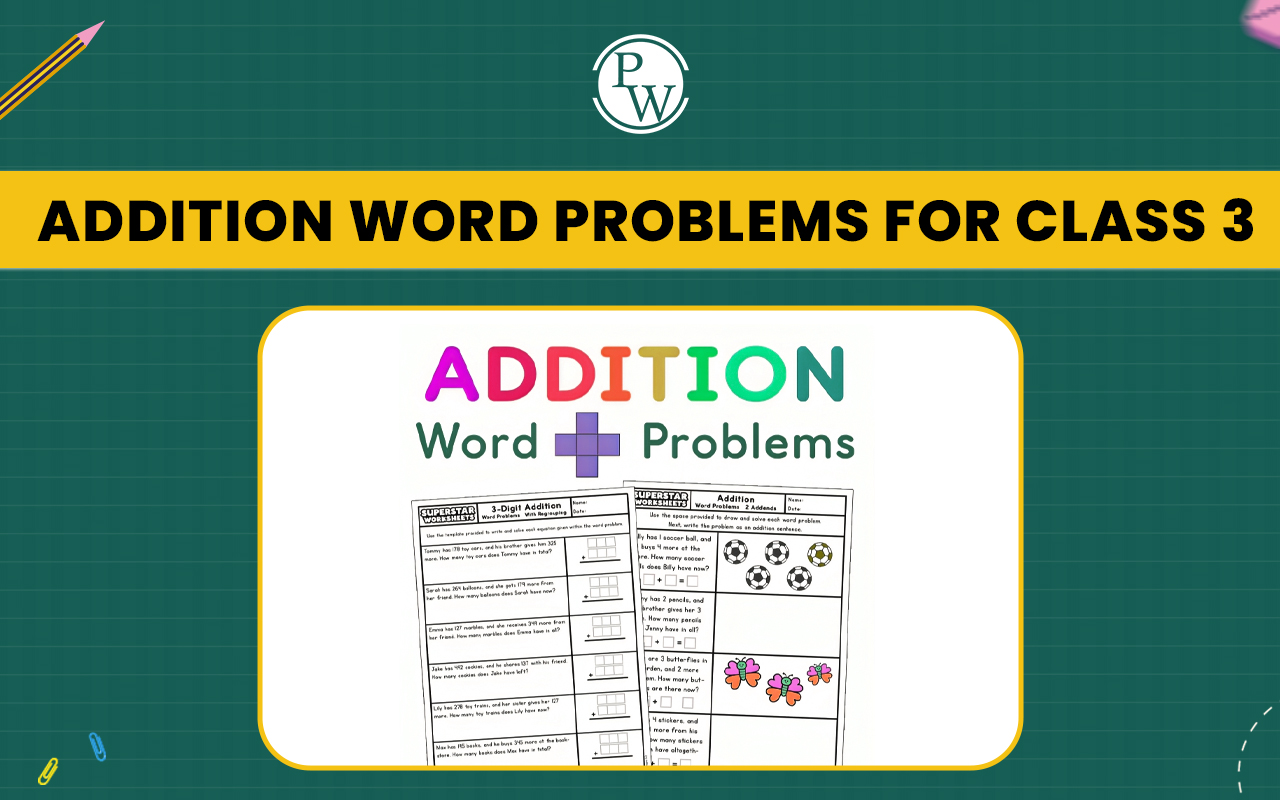
Addition Word Problems for Class 3 : Addition word problems for Class 3 help students apply their math skills to real-life situations. These problems involve adding simple numbers and encourage students to think critically.
For example, a common word problem might ask, “Sara has 23 apples and her friend gave her 17 more. How many apples does she have now?” By solving these problems, students practice adding numbers within 100, improve their problem-solving abilities and understand how math is used in everyday life. These problems are important for building a strong foundation in arithmetic, which is important for future learning.Addition Word Problems for Class 3 Overview
Addition Word Problems for Class 3 are created by subject experts at Physics Wallah provide a clear and structured approach to help students master basic addition skills. These problems are created to improve students understanding of addition in real-life contexts, making math more relatable and engaging. The word problems cover a variety of scenarios that encourage critical thinking and problem-solving, helping students apply their knowledge of addition to solve everyday challenges. With step-by-step solutions and easy-to-follow explanations, these problems strengthen arithmetic skills and lay the foundation for more complex mathematical concepts in higher grades.Addition Word Problems for Class 3 PDF
Addition Word Problems for Class 3 PDF is available for download below. Each problem is created to improve students understanding of basic addition concepts, enhance their problem-solving abilities, and make math more relevant to everyday life. The problems are created to engage students in critical thinking and develop their ability to solve practical math challengesAddition Word Problems for Class 3 PDF
Addition Word Problems for Class 3
Here are 30 examples of addition word problems for Class 3 with answers:Q.1. Problem: Maria has 15 red balloons and 22 blue balloons. How many balloons does she have in total?
Answer: 15 + 22 = 37 balloons.
Q.2. Problem: John has 50 marbles, and his friend gave him 30 more. How many marbles does John have now?
Answer: 50 + 30 = 80 marbles.
Q.3. Problem: There are 28 students in the first class and 34 students in the second class. How many students are there in total?
Answer: 28 + 34 = 62 students.
Q.4. Problem: A bakery sold 120 cakes in the morning and 150 cakes in the afternoon. How many cakes did the bakery sell in total?
Answer: 120 + 150 = 270 cakes.
Q.5. Problem: Lily has 18 stickers, and she buys 12 more from the store. How many stickers does she have now?
Answer: 18 + 12 = 30 stickers.
Q.6. Problem: There are 43 apples in a basket, and 27 more apples are added. How many apples are in the basket now?
Answer: 43 + 27 = 70 apples.
Q.7. Problem: A truck carries 85 boxes in the morning and 65 boxes in the afternoon. How many boxes does the truck carry in total?
Answer: 85 + 65 = 150 boxes.
Q.8. Problem: Tom has 12 red balls, and his friend gave him 18 green balls. How many balls does Tom have now?
Answer: 12 + 18 = 30 balls.
Q.9. Problem: In a garden, there are 45 flowers, and 23 more flowers bloom. How many flowers are there now?
Answer: 45 + 23 = 68 flowers.
Q.10. Problem: A school library has 200 books. 120 more books are donated. How many books are there in the library now?
Answer: 200 + 120 = 320 books.
Q.11. Problem: Anna has 56 candies and buys 24 more. How many candies does Anna have in total?
Answer: 56 + 24 = 80 candies.
Q.12. Problem: There are 72 chairs in the classroom. 48 more chairs are brought in. How many chairs are there in the classroom now?
Answer: 72 + 48 = 120 chairs.
Q.13. Problem: A bookstore sold 32 books in the morning and 18 books in the afternoon. How many books did the bookstore sell in total?
Answer: 32 + 18 = 50 books.
Q.14. Problem: Sarah had 40 pencils, and her friend gave her 25 more. How many pencils does she have now?
Answer: 40 + 25 = 65 pencils.
Q.15. Problem: A train has 250 passengers in the morning and 150 passengers in the evening. How many passengers are there in total?
Answer: 250 + 150 = 400 passengers.
Q.16. Problem: There are 45 students in one class and 32 students in another class. How many students are there in both classes?
Answer: 45 + 32 = 77 students.
Q.17. Problem: Mark has 68 toy cars, and he buys 22 more. How many toy cars does Mark have now?
Answer: 68 + 22 = 90 toy cars.
Q.18. Problem: In a park, there are 130 trees. 40 more trees are planted. How many trees are there in the park now?
Answer: 130 + 40 = 170 trees.
Q.19. Problem: There are 350 people in the hall. 150 more people enter. How many people are in the hall now?
Answer: 350 + 150 = 500 people.
Q.20. Problem: Jake has 75 coins and receives 50 more as a gift. How many coins does Jake have now?
Answer: 75 + 50 = 125 coins.
Q.21. Problem: A zoo has 280 animals, and 60 more animals are brought in. How many animals are in the zoo now?
Answer: 280 + 60 = 340 animals.
Q.22. Problem: A factory produces 1,200 toys in January and 1,500 toys in February. How many toys were produced in these two months?
Answer: 1,200 + 1,500 = 2,700 toys.
Q.23. Problem: Sarah has 12 pencils, and she buys 8 more. How many pencils does she have now?
Answer: 12 + 8 = 20 pencils.
Q.24. Problem: There are 220 students in a school. 180 more students join the school. How many students are there now?
Answer: 220 + 180 = 400 students.
Q.25. Problem: David has 30 chocolate bars, and his friend gives him 25 more. How many chocolate bars does David have now?
Answer: 30 + 25 = 55 chocolate bars.
Q.26. Problem: A family has 40 cups and buys 60 more. How many cups does the family have now?
Answer: 40 + 60 = 100 cups.
Q.27. Problem: A farm has 150 cows. 50 more cows are brought to the farm. How many cows are there now?
Answer: 150 + 50 = 200 cows.
Q.28. Problem: There are 180 books on the shelf, and 70 more books are added. How many books are there now?
Answer: 180 + 70 = 250 books.
Q.29. Problem: A bus has 65 passengers. 35 more passengers board the bus. How many passengers are on the bus now?
Answer: 65 + 35 = 100 passengers.
Q.30. Problem: There are 120 flowers in a garden, and 80 more flowers are planted. How many flowers are there in the garden now?
Answer: 120 + 80 = 200 flowers.
Tips and Tricks to Solve Addition Word Problems for Class 3
Here are some tips and tricks to help Class 3 students solve addition word problems effectively:Read the Problem Carefully: Before solving the problem, read it carefully to understand what is being asked. Identify the numbers you need to add and what the problem is asking for (e.g., total, sum, combined amount).
Highlight Key Information: Underline or circle the important numbers and keywords in the word problem, such as "total," "more," "together," or "altogether." This will help you focus on the values you need to add.
Look for Clues: Look for words that indicate addition, such as "in total," "altogether," "combined," "and," or "plus." These words will help you determine that you need to add the numbers.
Set up the Addition: After identifying the numbers to add, set up a simple addition equation.
Break Down Complex Problems: If the problem involves large numbers, break it down into smaller parts. For example, if you are adding 53 and 78, you can first add the tens (50 + 70) and then add the ones (3 + 8).
Use a Number Line: If you're unsure about adding numbers mentally, use a number line to help visualize the addition process. Start at the first number and "jump" the second number forward on the line.
Check Your Work: After adding the numbers, check your work to ensure that you've added correctly. Double-check the numbers and the addition process to avoid mistakes.
Practice with Real-Life Examples: Practice addition word problems with real-life examples, such as counting toys, fruits, or anything around you. This makes the problems more relatable and helps you get better at solving them.
Use Estimation: Sometimes, it is useful to estimate the answer before doing the full addition. Round the numbers to make the calculation easier, then check if your answer is reasonable.
Stay Calm and Take Your Time: Don’t rush through the problem. Take your time to understand what the problem is asking and solve it step by step. Staying calm helps avoid errors.
Addition Word Problems for Class 3 FAQs
What are Addition Word Problems?
How can I identify which numbers to add in a word problem?
What should I do first when solving an addition word problem?
How do I deal with bigger numbers in word problems?





